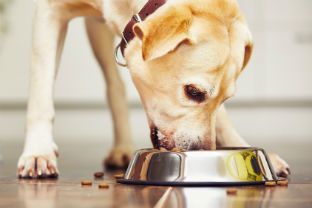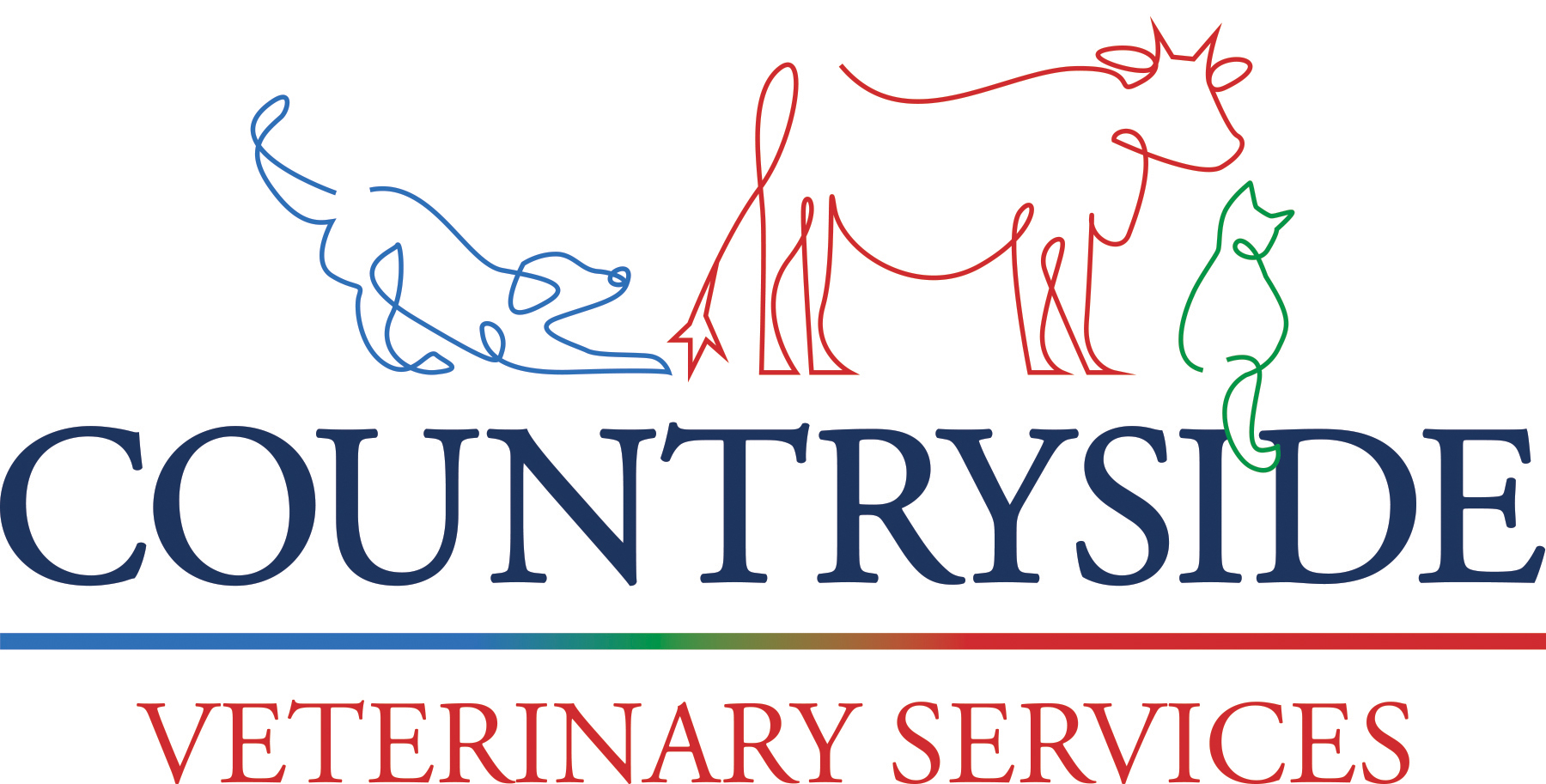
Need to Switch Your Pet’s Food? Here Are Key Steps to Take
 Has your veterinarian recommended a change in your pet’s food? Maybe it’s a change because they have digestive problems, urinary problems or just need to lose some weight. Here are some helpful tips to successfully switch over to a new food.
Has your veterinarian recommended a change in your pet’s food? Maybe it’s a change because they have digestive problems, urinary problems or just need to lose some weight. Here are some helpful tips to successfully switch over to a new food.
When changing a pet’s diet, always take it slow – diet changes should usually be made over a period of at least a week. When a change is being made, the pet is receiving different nutrients which may take a while for the pet’s digestive system to get used to. You may see signs of soft stool, gas, vomiting and possible other symptoms if the change is not made slowly.
Choosing the right time and place may affect how your pet reacts to a new diet. Typically it’s best to change a diet once the pet is home from the hospital/veterinarian clinic and feeling better, however, if the diet needs to be made right away, check with your veterinarian on how to achieve this.
There are a number of strategies that can be used when trying to change over your pet’s food. One strategy is placing the old food and the new food in separate bowls next to each other so the pet can get used to the smell of the new food. Always offer fresh food rather than leftovers. Gradually decrease the portion of old food and increase the portion of new food until your pet has fully transitioned to the new food. Another strategy is mixing a small portion of new food in with the old food, gradually increasing portions of the new food into the old until your pet has fully transitioned to the new food.
Always keep in mind, diet changes are for the better of your pet’s health. If you notice persistent vomiting, diarrhea, gas, weight gain/loss, refusal to eat etc. contact your veterinarian for more solutions to your pet’s problems.
